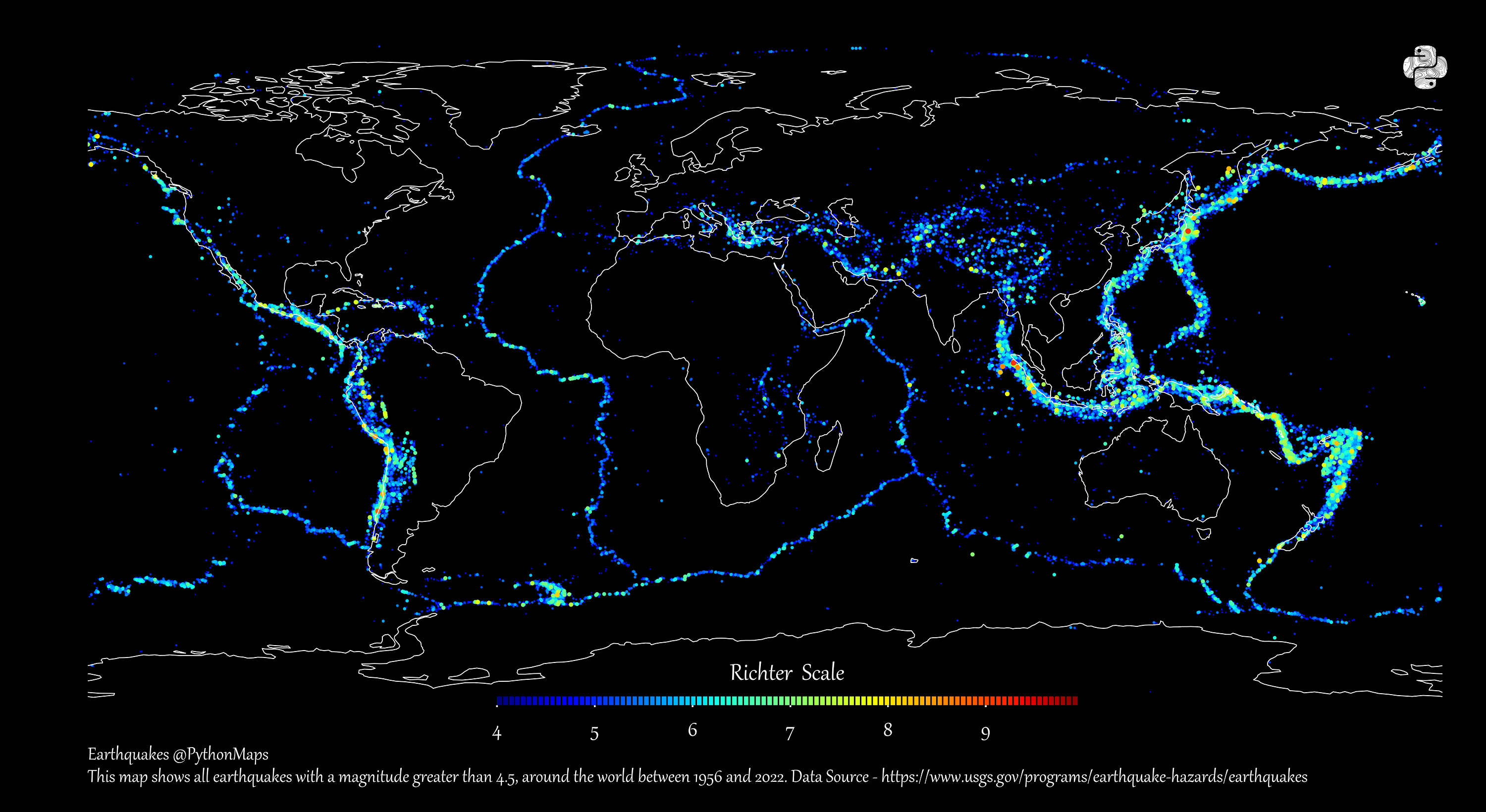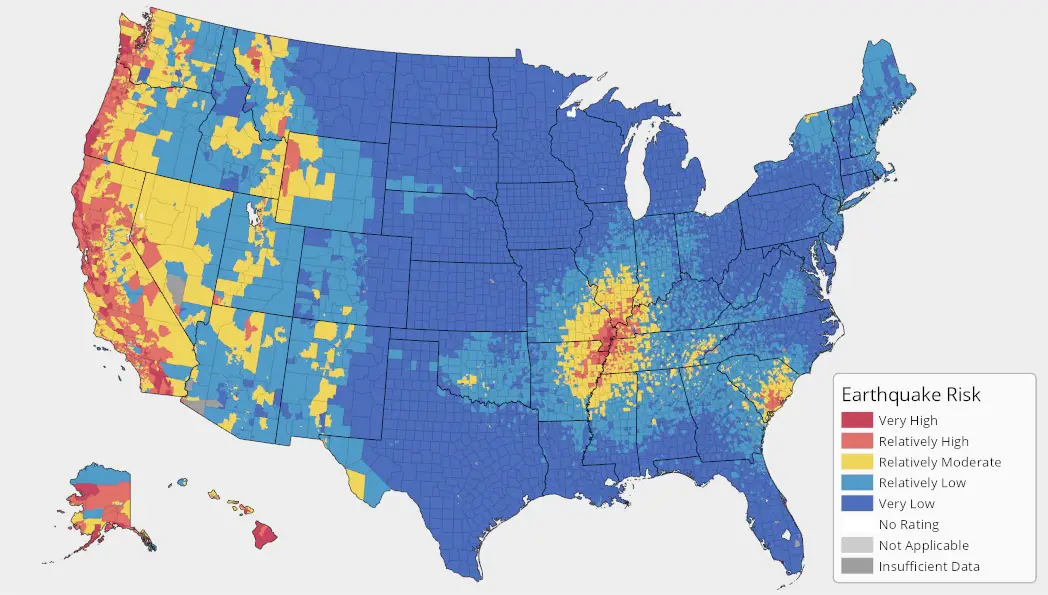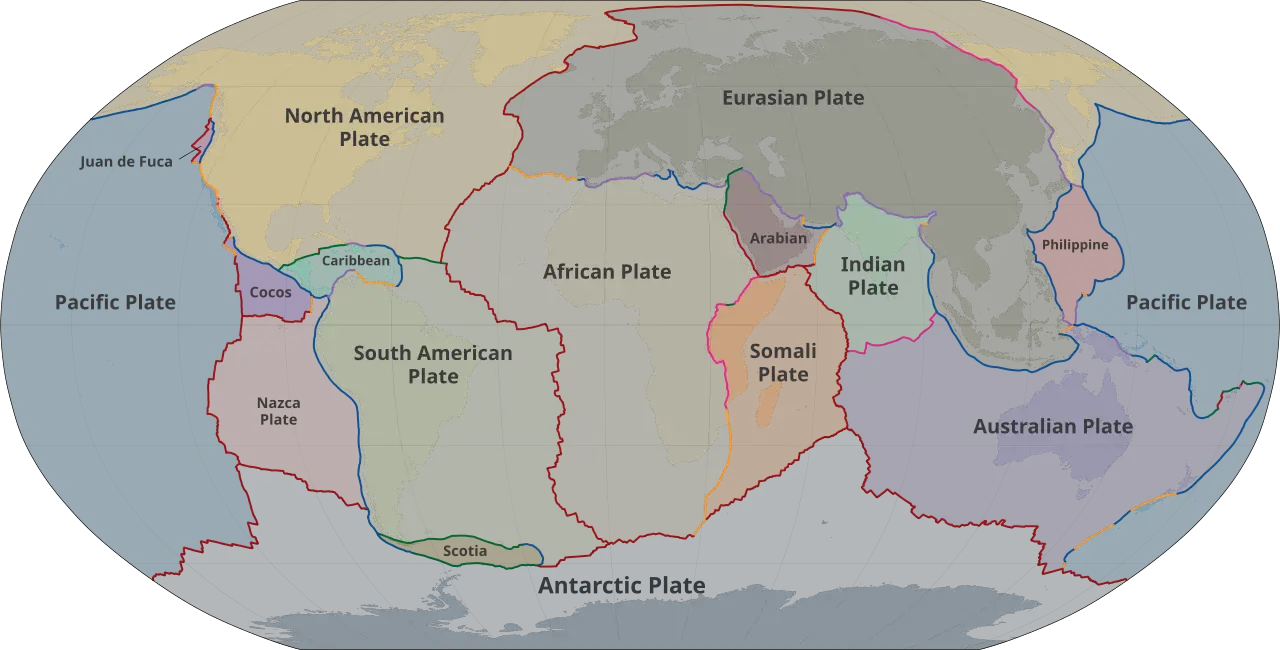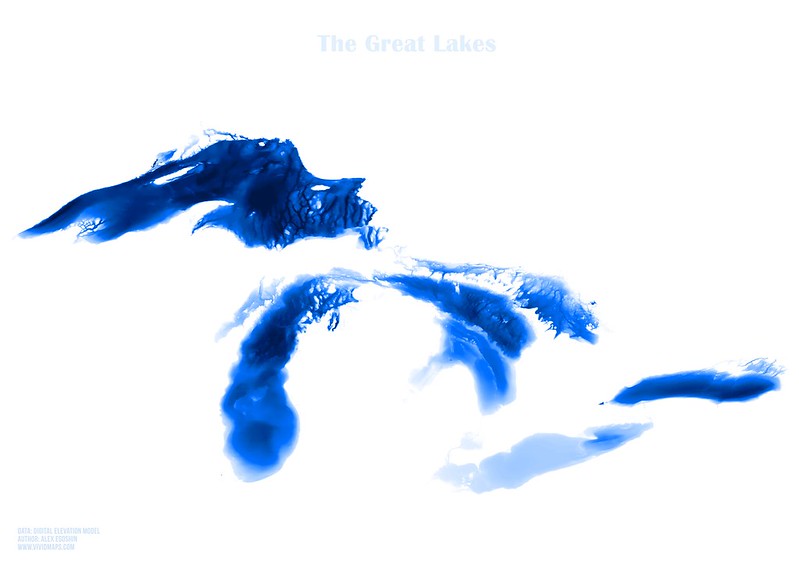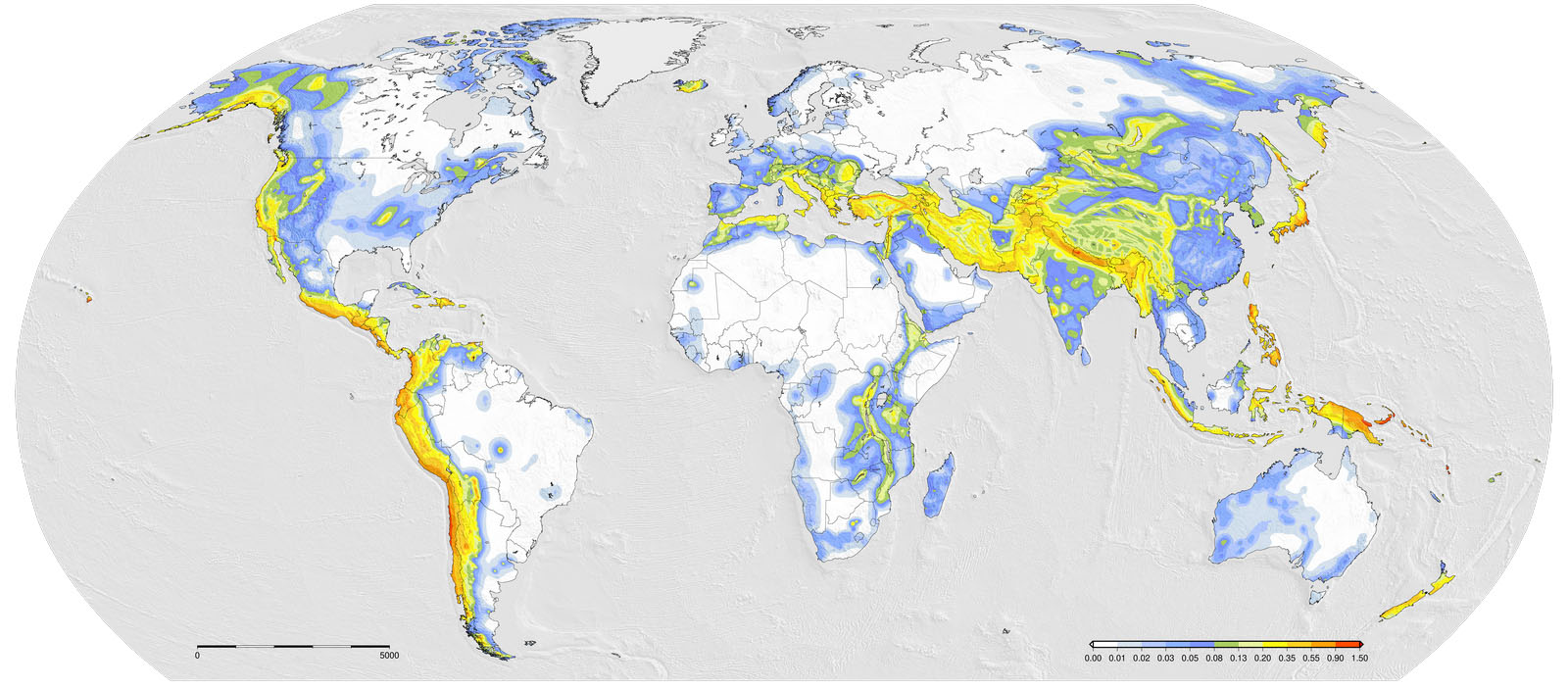Understanding Turkey’s Seismic Landscape: High-Risk Earthquake Zones
This post may contain affiliate links. As an Amazon Associate, we earn from qualifying purchases.
Turkey’s unique position at the Eurasian and Anatolian tectonic plates convergence makes it a hotspot for seismic activity. Understanding which areas are most susceptible to earthquakes is crucial for preparedness and safety.
The seismic hazard map of Turkey below highlights areas with different probabilities of seismic events.
One of Turkey’s most dangerous fault lines is the North Anatolian Fault (NAF), which stretches about 1,500 kilometers (932 miles) across the country’s north. This highly active strike-slip fault has triggered some of Turkey’s most destructive earthquakes, including the 1999 İzmit earthquake, which killed over 17,000 people. Since the fault runs close to Istanbul, a city of 16 million, experts warn that another major quake in the area is only a matter of time.
Another major fault, the East Anatolian Fault (EAF), cuts through eastern Turkey. This fault was responsible for the February 6, 2023, earthquake (Mw 7.8), which devastated Kahramanmaraş and Gaziantep, killing more than 50,000 people and leaving millions homeless.
Off the country’s southwestern coast, the Hellenic Arc Subduction Zone lies beneath the Mediterranean. This underwater fault has caused strong earthquakes and tsunamis, particularly affecting cities along Turkey’s Aegean and Mediterranean coastlines.
The Devastation of the 2023 Turkey-Syria Earthquake
The February 6, 2023, earthquake was one of the deadliest in Turkey’s history. Striking at 4:17 AM, when most people were asleep, it flattened buildings in minutes. Rescue efforts lasted weeks, with thousands left homeless in freezing temperatures.
With over 50,000 deaths and $100 billion in damages, it was a tragic reminder of Turkey’s vulnerability to seismic disasters.
What’s Next?
Scientists warn that another major earthquake could strike within the next few decades, particularly near Istanbul. Many buildings in high-risk zones remain structurally weak, increasing the danger.


